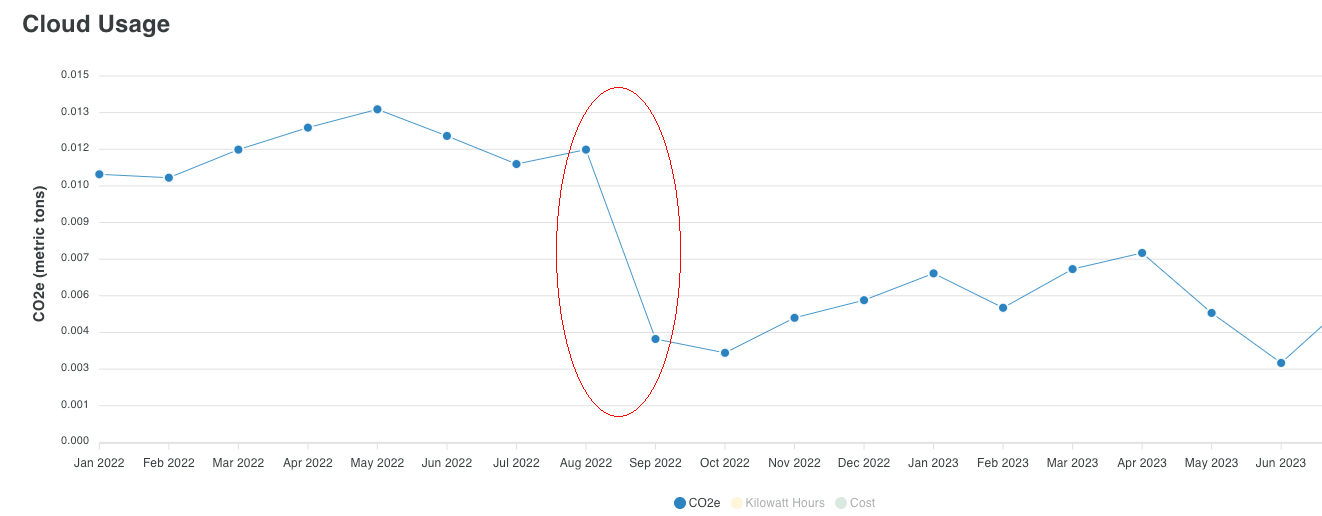The cloud is part of our daily lives, be it video streaming, gaming, emails or for me my living; producing web applications for our customers. However, as the cloud's presence continues to grow, so does its carbon footprint. It's time to dive into the murky world of cloud carbon emissions and explore how as an industry adopting sustainable system design can help us mitigate its environmental impact.
The Carbon Cloud
At first glance, the cloud appears to be an ethereal realm, untethered from the physical world. In reality, it's a vast network of data centers spread across the globe, each brimming with servers, networking equipment, and cooling systems. Now data centres need two things in huge abundance, power to process all of those operations and water to keep them cool.
In the dynamic realm of Ireland's digital infrastructure, a staggering 77 data centers have emerged, with a remarkable 34 of them concentrated in South Dublin County, voraciously consuming 14% of the nation's electricity. The energy equivalent of 200,000 homes was gobbled up in 2022 alone, propelling us towards a future where, if unabated, these data fortresses could siphon off a staggering 30% of Ireland's entire power grid by 2030 – a demand akin to powering every household in the country. As the National Power Operator grapples with these surging demands, the real-world consequences become palpable, with data centers inadvertently becoming gatekeepers to new homes, throttling residential construction in the process. In this enigmatic dance between digital dominance and practical necessities, Ireland's data centers find themselves at the heart of a wired conundrum with far-reaching implications for the nation's energy landscape and housing aspirations.
Designing for Sustainability
The good news is that the tech industry is acutely aware of the environmental challenges it faces, and many companies are taking proactive steps to address them. Sustainable system design is emerging as a powerful tool in the fight against cloud carbon emissions.
As a proud member of the Umbraco Sustainability Team, we're excited to share that we're currently in the process of crafting clear and actionable guidelines for sustainable web development, set to be unveiled in the upcoming year.
Within this framework, we hold a particular affinity for design patterns such as Static Site Generation (SSG) and prerendering. These approaches, in conjunction with the broader JAMstack philosophy, harness the power of "JavaScript, APIs, and Markup" to revolutionize web development. Notably, SSG and prerendering don't just elevate performance and security but also bring substantial sustainability benefits to the table. By dissociating the front-end and back-end of web applications, SSG and prerendering significantly reduce server-side processing, slashing the need for resource-intensive server infrastructure. This, in turn, translates to reduced energy consumption and a diminished carbon footprint for websites and web applications—a win-win for both users and the environment. Moreover, these techniques actively promote the utilization of content delivery networks (CDNs), enabling the global caching and swift delivery of static assets. The result? Faster loading times and reduced data transfer, ultimately leading to decreased energy consumption on the part of end-users. In essence, SSG and prerendering, integrated within the JAMstack paradigm, seamlessly align themselves with the principles of sustainable web development. They empower the creation of efficient, high-performing websites, all while contributing to the cultivation of a greener, more eco-friendly digital ecosystem.


